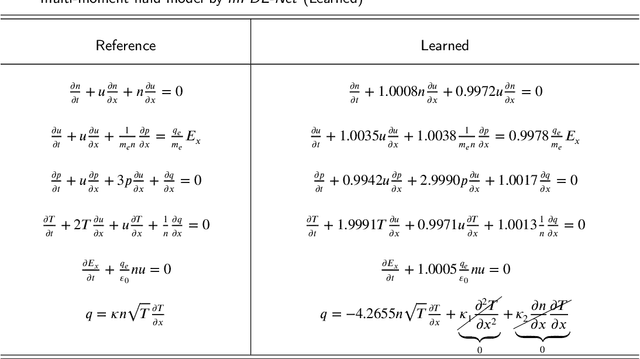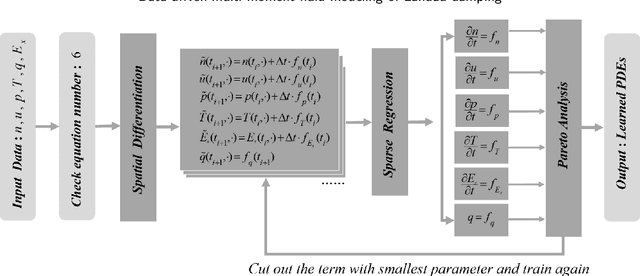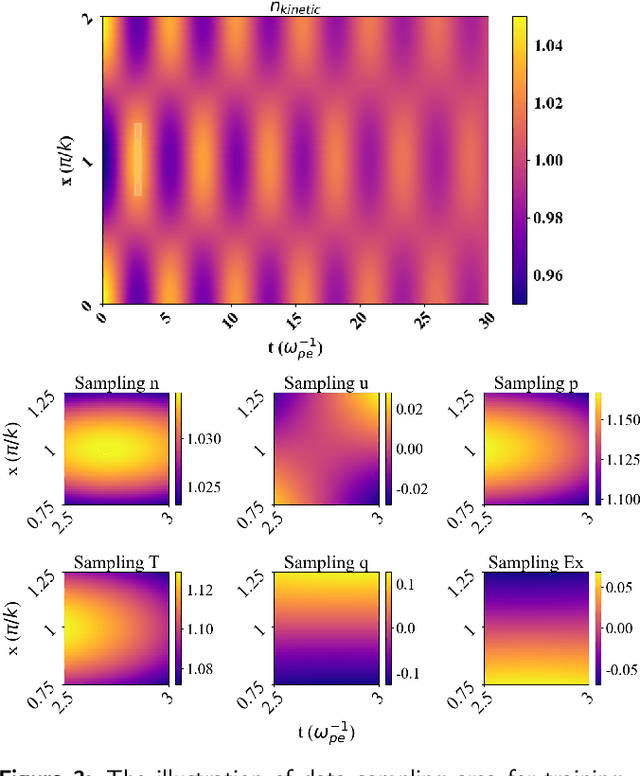Wenjie Cheng
In-processing User Constrained Dominant Sets for User-Oriented Fairness in Recommender Systems
Sep 04, 2023



Abstract:Recommender systems are typically biased toward a small group of users, leading to severe unfairness in recommendation performance, i.e., User-Oriented Fairness (UOF) issue. The existing research on UOF is limited and fails to deal with the root cause of the UOF issue: the learning process between advantaged and disadvantaged users is unfair. To tackle this issue, we propose an In-processing User Constrained Dominant Sets (In-UCDS) framework, which is a general framework that can be applied to any backbone recommendation model to achieve user-oriented fairness. We split In-UCDS into two stages, i.e., the UCDS modeling stage and the in-processing training stage. In the UCDS modeling stage, for each disadvantaged user, we extract a constrained dominant set (a user cluster) containing some advantaged users that are similar to it. In the in-processing training stage, we move the representations of disadvantaged users closer to their corresponding cluster by calculating a fairness loss. By combining the fairness loss with the original backbone model loss, we address the UOF issue and maintain the overall recommendation performance simultaneously. Comprehensive experiments on three real-world datasets demonstrate that In-UCDS outperforms the state-of-the-art methods, leading to a fairer model with better overall recommendation performance.
Data-Driven Modeling of Landau Damping by Physics-Informed Neural Networks
Nov 02, 2022Abstract:Kinetic approaches are generally accurate in dealing with microscale plasma physics problems but are computationally expensive for large-scale or multiscale systems. One of the long-standing problems in plasma physics is the integration of kinetic physics into fluid models, which is often achieved through sophisticated analytical closure terms. In this study, we successfully construct a multi-moment fluid model with an implicit fluid closure included in the neural network using machine learning. The multi-moment fluid model is trained with a small fraction of sparsely sampled data from kinetic simulations of Landau damping, using the physics-informed neural network (PINN) and the gradient-enhanced physics-informed neural network (gPINN). The multi-moment fluid model constructed using either PINN or gPINN reproduces the time evolution of the electric field energy, including its damping rate, and the plasma dynamics from the kinetic simulations. For the first time, we introduce a new variant of the gPINN architecture, namely, gPINN$p$ to capture the Landau damping process. Instead of including the gradients of all the equation residuals, gPINN$p$ only adds the gradient of the pressure equation residual as one additional constraint. Among the three approaches, the gPINN$p$-constructed multi-moment fluid model offers the most accurate results. This work sheds new light on the accurate and efficient modeling of large-scale systems, which can be extended to complex multiscale laboratory, space, and astrophysical plasma physics problems.
Data-driven, multi-moment fluid modeling of Landau damping
Sep 10, 2022



Abstract:Deriving governing equations of complex physical systems based on first principles can be quite challenging when there are certain unknown terms and hidden physical mechanisms in the systems. In this work, we apply a deep learning architecture to learn fluid partial differential equations (PDEs) of a plasma system based on the data acquired from a fully kinetic model. The learned multi-moment fluid PDEs are demonstrated to incorporate kinetic effects such as Landau damping. Based on the learned fluid closure, the data-driven, multi-moment fluid modeling can well reproduce all the physical quantities derived from the fully kinetic model. The calculated damping rate of Landau damping is consistent with both the fully kinetic simulation and the linear theory. The data-driven fluid modeling of PDEs for complex physical systems may be applied to improve fluid closure and reduce the computational cost of multi-scale modeling of global systems.
 Add to Chrome
Add to Chrome Add to Firefox
Add to Firefox Add to Edge
Add to Edge